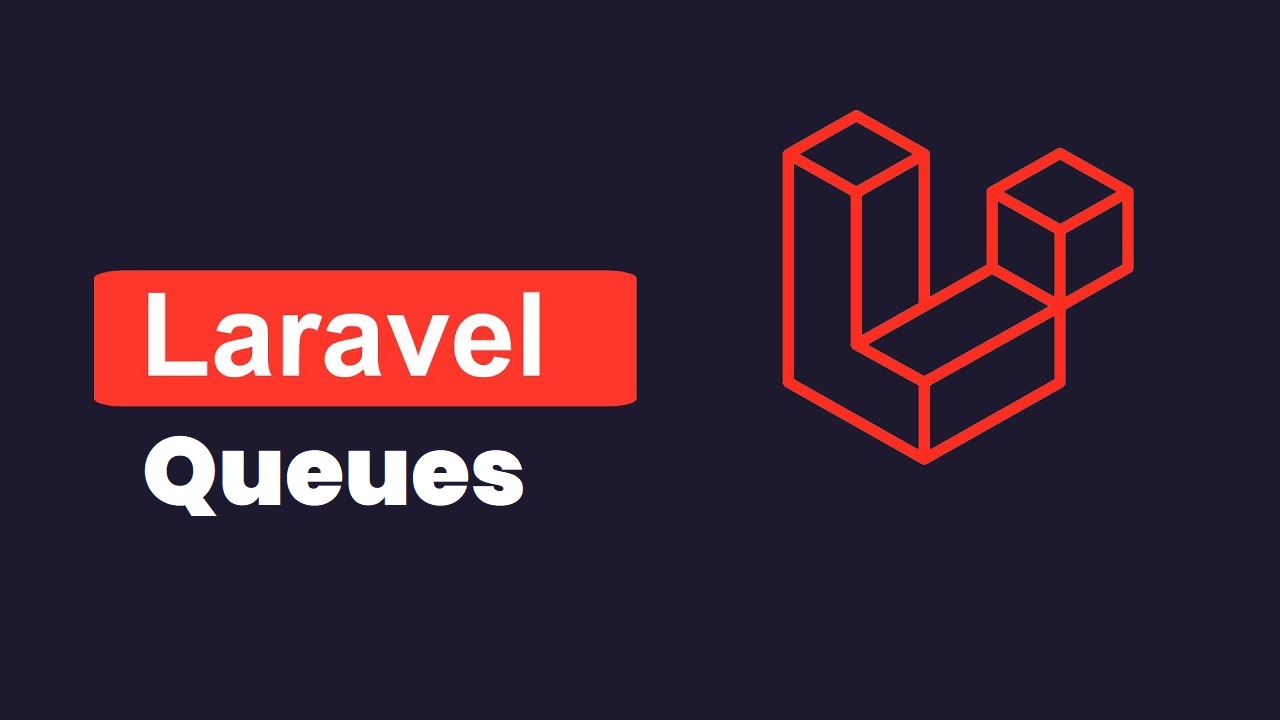An Introduction to Laravel Queues
Laravel is a PHP framework that provides developers with an elegant and easy-to-use toolkit for building web applications. One of the most powerful features of Laravel is its ability to manage tasks asynchronously through queues. In this post, we'll explore what queues are, why they're important, and how you can use them in your Laravel applications.
What are queues?
In the context of web development, a queue is a data structure that allows you to defer the processing of a task until a later time. For example, let's say you have a web application that needs to send an email to a user after they've registered. Instead of sending the email immediately, you could add the email to a queue, which would then be processed in the background by a separate worker process.
Why are queues important?
Queues can be incredibly useful for managing time-consuming tasks that would otherwise slow down the response time of your application. By deferring these tasks to a background worker, you can ensure that your application remains responsive and fast for your users.
How do queues work in Laravel?
Laravel makes it easy to work with queues through its built-in queue system. The system uses a combination of drivers and workers to manage tasks in the background.
There are several different drivers you can use with Laravel queues, including the database driver, the Redis driver, and the Beanstalkd driver. Each driver has its own advantages and disadvantages, so it's important to choose the one that's best suited for your particular use case.
Once you've chosen a driver, you'll need to set up a worker process to process the tasks in the queue. Laravel provides a simple command-line interface for starting and stopping worker processes, making it easy to manage your queues.
To add tasks to the queue, you can use Laravel's built-in queue API. This API allows you to create jobs, which are objects that encapsulate the data and logic required to perform a specific task. Once you've created a job, you can add it to the queue, and it will be processed by the next available worker process.
Here is an example of a notification queue in laravel than sends a notification when a user logs in.
First, let's create the queue table by running the following Artisan command:
php artisan queue:table
php artisan migrate
This will create the jobs table needed for queueing.
Next, let's create a new controller for logging in:
php artisan make:controller LoginController
In the LoginController, we'll add the following method to queue a notification when a user logs in:
use App\Jobs\SendWelcomeEmail;
public function login(Request $request)
{
$fields = $request->validate([
'email' => 'required|string',
'password' => 'required|string'
]);
//check email
$user = User::where('email' , '=', $fields['email'])->first();
//check password
if( !$user || !Hash::check( $fields['password'] , $user->password)){
return response([
'Message' => 'Bad Credentials'
], 401);
}
$token = $user->createToken('apiusertoken')->plainTextToken;
$user = auth()->user();
dispatch(new SendWelcomeEmail($user))->onQueue('notifications');
$response = [
'user' => $user,
'token' => $token
];
return response($response , 201);
}
The dispatch function creates a new job to send a welcome email to the user, and adds it to the notifications queue.
Next, let's create the job itself by running the following Artisan command:
php artisan make:job SendWelcomeEmail
This will create a new SendWelcomeEmail job class in the App\Jobs namespace. Here's an example implementation:
namespace App\Jobs;
use App\Mail\WelcomeEmail;
use App\User;
use Illuminate\Bus\Queueable;
use Illuminate\Contracts\Queue\ShouldQueue;
use Illuminate\Foundation\Bus\Dispatchable;
use Illuminate\Queue\InteractsWithQueue;
use Illuminate\Queue\SerializesModels;
use Illuminate\Support\Facades\Mail;
class SendWelcomeEmail implements ShouldQueue
{
use Dispatchable, InteractsWithQueue, Queueable, SerializesModels;
protected $user;
/**
* Create a new job instance.
*
* @param User $user
* @return void
*/
public function __construct(User $user)
{
$this->user = $user;
}
/**
* Execute the job.
*
* @return void
*/
public function handle()
{
Mail::to($this->user->email)->send(new WelcomeEmail($this->user));
}
}
The SendWelcomeEmail job class implements the ShouldQueue interface, indicating that it should be processed asynchronously. The handle method is called when the job is processed, and sends a welcome email to the user using the Laravel Mail facade.
Finally, we can start the queue worker to process the jobs by running the following Artisan command:
php artisan queue:work --queue=notifications
This starts the queue worker, which will process jobs in the notifications queue as they're added. The --queue option specifies that the worker should only process jobs in the notifications queue.
Conclusion
In this post, we've covered the basics of Laravel queues, including what they are, why they're important, and how to use them in your applications. By deferring time-consuming tasks to background workers, you can ensure that your application remains responsive and fast for your users. Whether you're sending emails, generating reports, or performing other time-consuming tasks, queues can be an invaluable tool for managing your application's workload.
